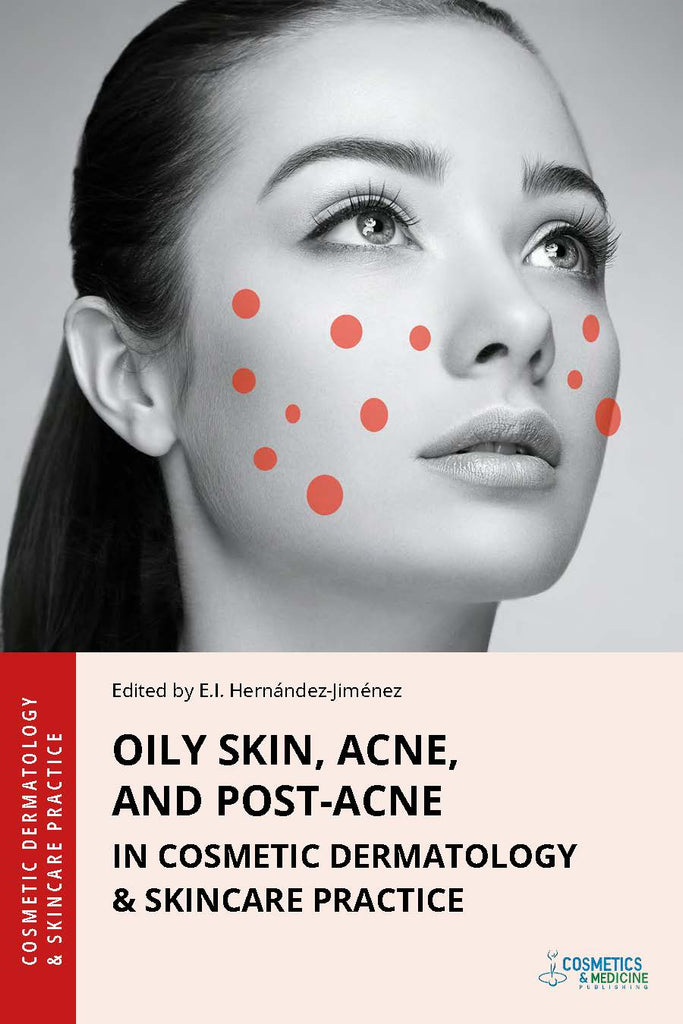- Publisher: Cosmetics & Medicine Publishing
- Format: eBook
- Pages: 152
- Language: English, Russian
- Publication date: June 6, 2025
- Product dimensions (WxHxD), cm: 15.24 x 22.86 x 1.0
- ISBN/ISSN: 978-1-970196-25-2 (paperback); 978-1-970196-42-9 (hardcover); 978-1-970196-00-9 (eBook — Adobe PDF); 978-1-970196-24-5 (eBook — EPUB)
Many books have been written about acne, but all focus on drug therapy. Unfortunately, the possibilities of modern skincare and aesthetic tools in helping patients with acne are still underestimated. We decided to correct this injustice and created a book in which we present skincare and aesthetic tools, methods, and approaches to preventing and treating this disease. The application of each method is justified in terms of the pathogenesis of acne and is supported by research findings. Describing the events that unfold in the skin after a particular treatment helps in elucidating its clinical possibilities and limitations.
Significant advantages of the book are clear language (although we write about complicated things and use medical and scientific terminology, the information can be understood even by laypeople) and structure (all cause-and-effect connections become apparent, there is a complete understanding of what needs to be done and why).
The book consists of four parts. The first part discusses the clinical signs and stages of acne and distinguishes the acne types amenable to skincare treatments from those that are not.
The second part deals with the diagnosis of acne. It presents recommendations on visual examination and anamnesis collection and discusses the need for clarifying laboratory test results. Much attention is paid to the differential diagnosis of acne with dermatoses like Malassezia folliculitis, rosacea, and demodicosis.
The third part presents the factors contributing to the development of acne, explains the pathogenesis of this disease, and outlines the targets to be treated and prevented.
The fourth part is devoted to the practical use of skincare and aesthetic tools and methods at different acne stages — oily skin, non-inflammatory and inflammatory acne, and post-acne. The clinical effects of topical skincare products, injectables, cosmetic devices, and nutraceuticals are discussed.








